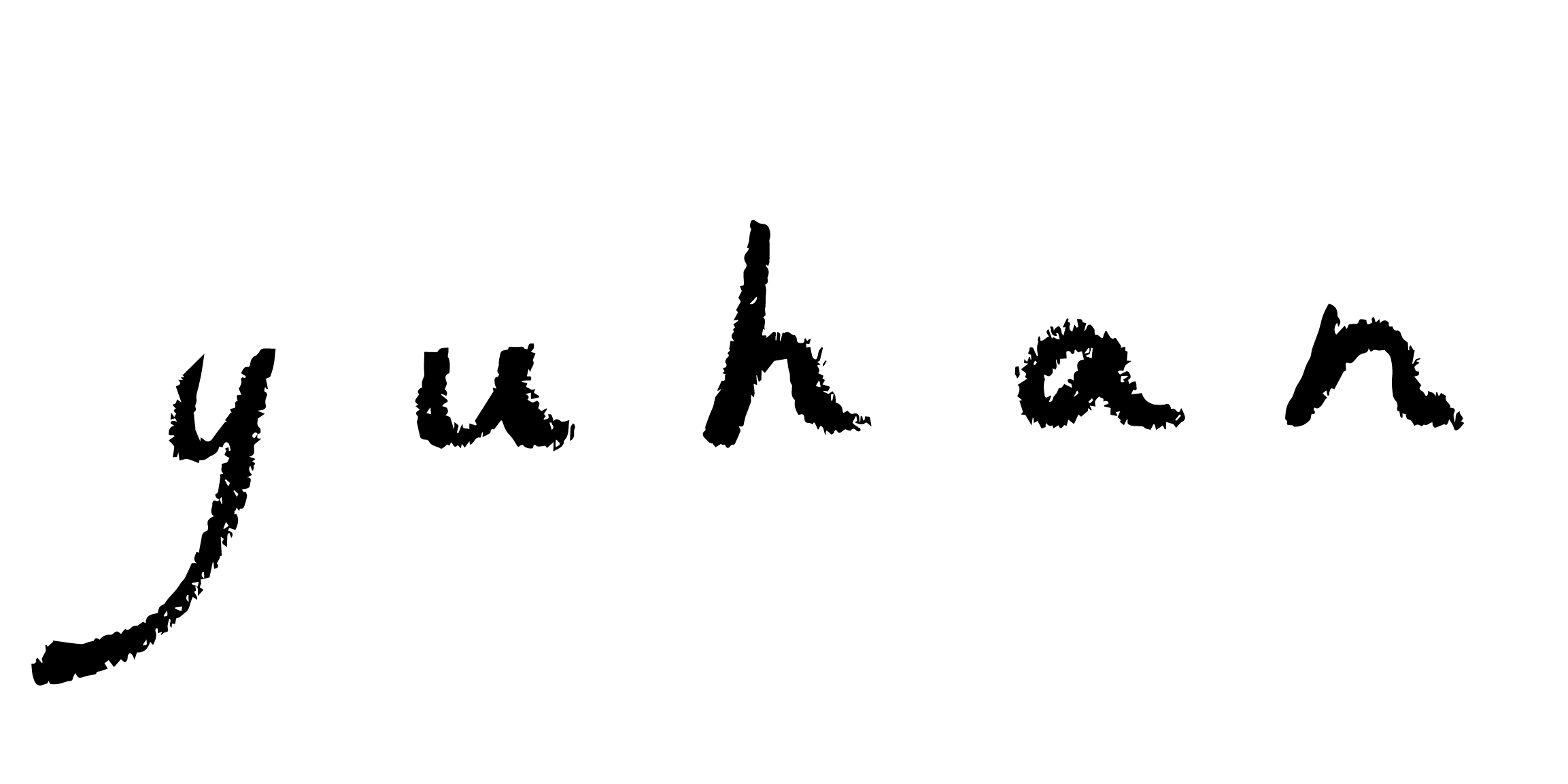Between Lines and Breaths: The Landscapes of Yu-Han Liu
Jungmin Lee, Curator, Daegu Art Museum
Jungmin Lee, Curator, Daegu Art Museum
To live as an artist is often to lose one's way. Introducing herself with the confession that "the path of an artist is often very confusing," Yu-Han Liu has learned, even amid confusion, how to return to herself. Born in Taiwan and now based in London, Liu early on embraced art as a tool for communication.
Amid the collective experience of the student movement, she chose picture books and illustration—images more powerful than words—as her language for conveying social issues. Later, as the world came to a halt during the pandemic, her practice expanded even more deeply into the physical realm.
Amid the collective experience of the student movement, she chose picture books and illustration—images more powerful than words—as her language for conveying social issues. Later, as the world came to a halt during the pandemic, her practice expanded even more deeply into the physical realm.
Liu began to climb the mountains of Taiwan. Traversing ridges with friends, opening her sketchbook, and tracing lines along the crests, she encountered a world on an entirely different plane. "It was the mountain ridges that taught me how to use lines in new ways, and the ever-changing mountain air that encouraged me to be bold with colors," she recalls. This experience brought a profound transformation to her work. She realized that nature is not merely a backdrop but a living organism—a vast space that continually reminds us of the limits of human existence. This awakening stirred a deep shift in her visual language.
At first glance, Liu's landscapes may recall David Hockney’s watercolors or the early paintings of Henri Matisse.Yet her seemingly aqueous surfaces are not watercolors but a fusion of oil pastels, acrylics, soft pastels, colored pencils, and ink.
Each medium carries its own temporality: acrylic offers swift drying and vivid hues; oil pastel yields slow, dense textures; ink introduces spontaneous, uncontrollable flows. Blending these differing temporalities onto a single canvas, Liu does not depict a fixed scene but evokes a landscape in constant flux. She paints not the landscape itself, but the tremor of the body facing it—the sensation of melting into the air, the emotion that resists verbalization. Fine yet rugged lines imbue her work with the spirit of East Asian landscape painting, creating a unique harmony between Eastern brushwork and Western color. Lines lightly touch, scatter, and dissolve; colors blur, overlap, and intertwine in flowing rhythms. Intriguingly, tiny human figures occasionally peek out across her landscapes. They evoke the charm of fairy tales, the intimacy of comic frames, or the playful discovery of hidden pictures. At the boundary where reality and imagination intersect, Liu’s paintings unfold into dreamlike, otherworldly vistas.
At first glance, Liu's landscapes may recall David Hockney’s watercolors or the early paintings of Henri Matisse.Yet her seemingly aqueous surfaces are not watercolors but a fusion of oil pastels, acrylics, soft pastels, colored pencils, and ink.
Each medium carries its own temporality: acrylic offers swift drying and vivid hues; oil pastel yields slow, dense textures; ink introduces spontaneous, uncontrollable flows. Blending these differing temporalities onto a single canvas, Liu does not depict a fixed scene but evokes a landscape in constant flux. She paints not the landscape itself, but the tremor of the body facing it—the sensation of melting into the air, the emotion that resists verbalization. Fine yet rugged lines imbue her work with the spirit of East Asian landscape painting, creating a unique harmony between Eastern brushwork and Western color. Lines lightly touch, scatter, and dissolve; colors blur, overlap, and intertwine in flowing rhythms. Intriguingly, tiny human figures occasionally peek out across her landscapes. They evoke the charm of fairy tales, the intimacy of comic frames, or the playful discovery of hidden pictures. At the boundary where reality and imagination intersect, Liu’s paintings unfold into dreamlike, otherworldly vistas.
We often fall into the illusion that we know nature well. Nature has long been the oldest repertoire of artistic imagination. Yet even today, artists summon nature anew through their own languages. Liu’s nature, too, is alive—growing, trembling, and finding its balance once more. Her nature is not a product of mere intuition but one infused with contemplation, revealing the familiar world anew through lines and colors.
Whatever path she may follow in the future, one thing is certain:
The lines learned from mountain ridges and the colors gleaned from the shifting air will not be closed into a tidy story but will reach toward an open horizon.
In the space between imperfect lines, bleeding colors, and breathing pauses,
may her work continue to encounter ever more possibilities.
Whatever path she may follow in the future, one thing is certain:
The lines learned from mountain ridges and the colors gleaned from the shifting air will not be closed into a tidy story but will reach toward an open horizon.
In the space between imperfect lines, bleeding colors, and breathing pauses,
may her work continue to encounter ever more possibilities.
Original post (in Korean)
